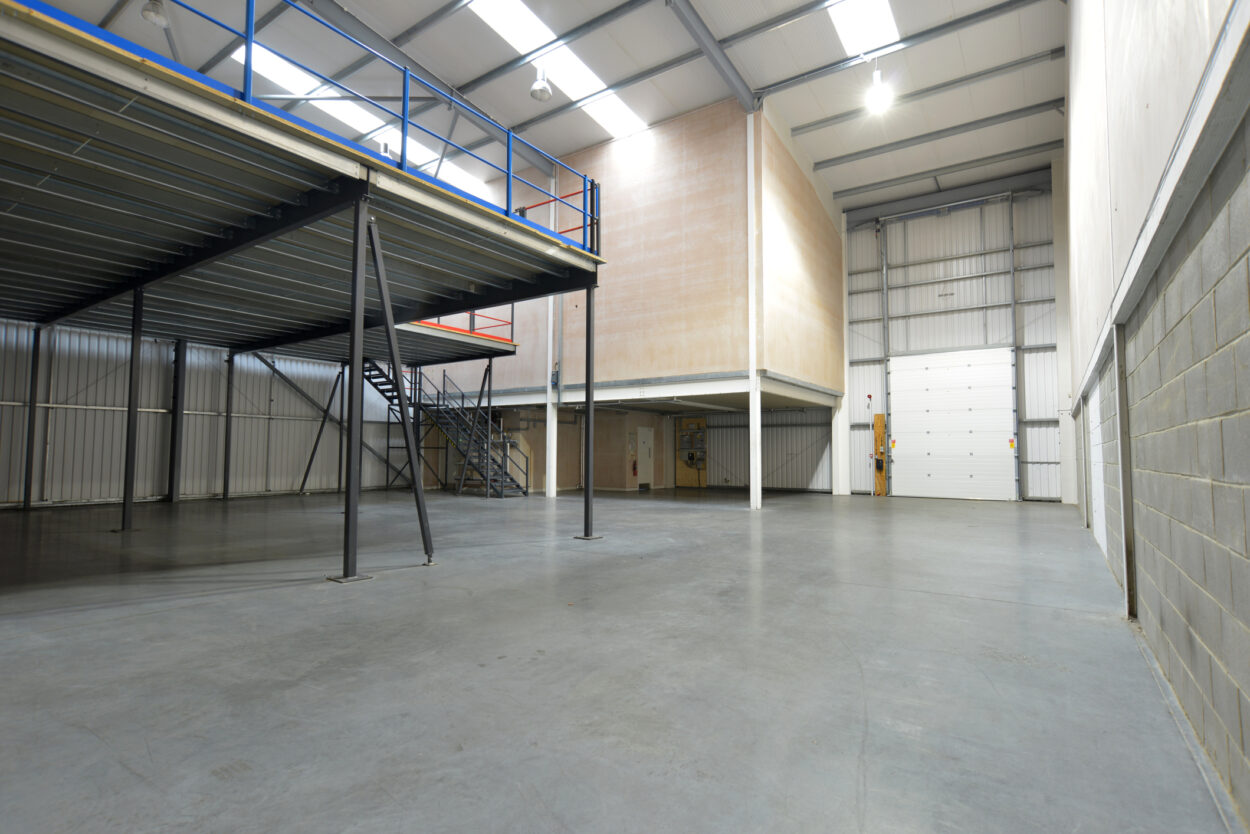
When it comes to warehouse design, one of the most innovative and increasingly popular trends is the use of mezzanines. In the past, warehouses were typically designed with one large, open space for storage and operations. However, as companies strive for increased efficiency and cost-effectiveness, they are turning to mezzanines to make better use of vertical space and optimize their layouts.
Mezzanines are essentially intermediate floors that are built between the main floors of a warehouse. They can be used for a variety of purposes, such as additional storage space, office space, or even production areas. By utilizing mezzanines, companies can effectively double their available floor space without having to expand the footprint of their warehouse. This can be especially beneficial for companies operating in high-rent areas where space is at a premium.
One of the key advantages of mezzanines is their versatility. They can be customized to fit the specific needs of a warehouse, whether that means adding more shelving for inventory storage, creating a designated area for packing and shipping, or providing office space for administrative tasks. This flexibility allows companies to design their warehouse layout in a way that maximizes efficiency and productivity.
Another benefit of incorporating mezzanines into warehouse design is the potential for increased safety. By moving certain operations to a mezzanine level, companies can reduce congestion on the main floor and minimize the risk of accidents or injuries. Mezzanines can also be equipped with safety features such as guardrails, gates, and non-slip flooring to further enhance workplace safety.
From a logistical standpoint, mezzanines can streamline operations by creating a more organized and efficient workflow. With designated areas for different tasks, employees can easily navigate the warehouse and complete their work in a more timely manner. This can lead to faster order fulfillment, reduced errors, and ultimately, greater customer satisfaction.
Furthermore, mezzanines can help companies adapt to changing business needs and growth. As a company expands and evolves, its warehouse requirements may also change. Mezzanines offer a scalable solution that can be easily modified or expanded to accommodate new demands. This can save companies time and money in the long run by avoiding the need for costly renovations or relocations.
In addition to their practical benefits, mezzanines can also have a positive impact on a company’s bottom line. By making more efficient use of space, companies can reduce overhead costs associated with renting or owning a larger warehouse. Mezzanines can also improve inventory management by providing better visibility and accessibility to products, which can lead to fewer lost or damaged goods.
As technology continues to advance, the future of warehouse design will likely see even greater integration of mezzanines and automation. Mezzanines can be equipped with conveyors, lifts, and robotics to further optimize operations and increase productivity. This combination of mezzanines and automation can revolutionize the way warehouses operate, making them more efficient, accurate, and responsive to customer demands.
In conclusion, the future of warehouse design is bright with the integration of mezzanines. These versatile structures offer a range of benefits, from increased efficiency and safety to cost savings and scalability. By embracing mezzanines, companies can effectively optimize their warehouse layouts and operations, positioning themselves for success in an increasingly competitive business environment.


